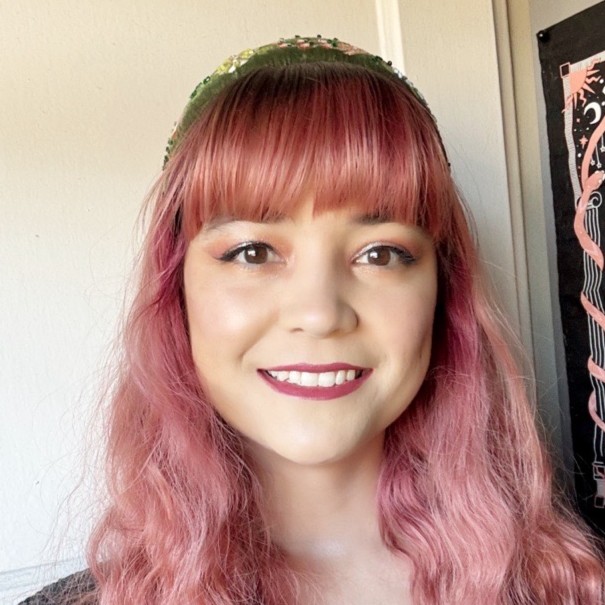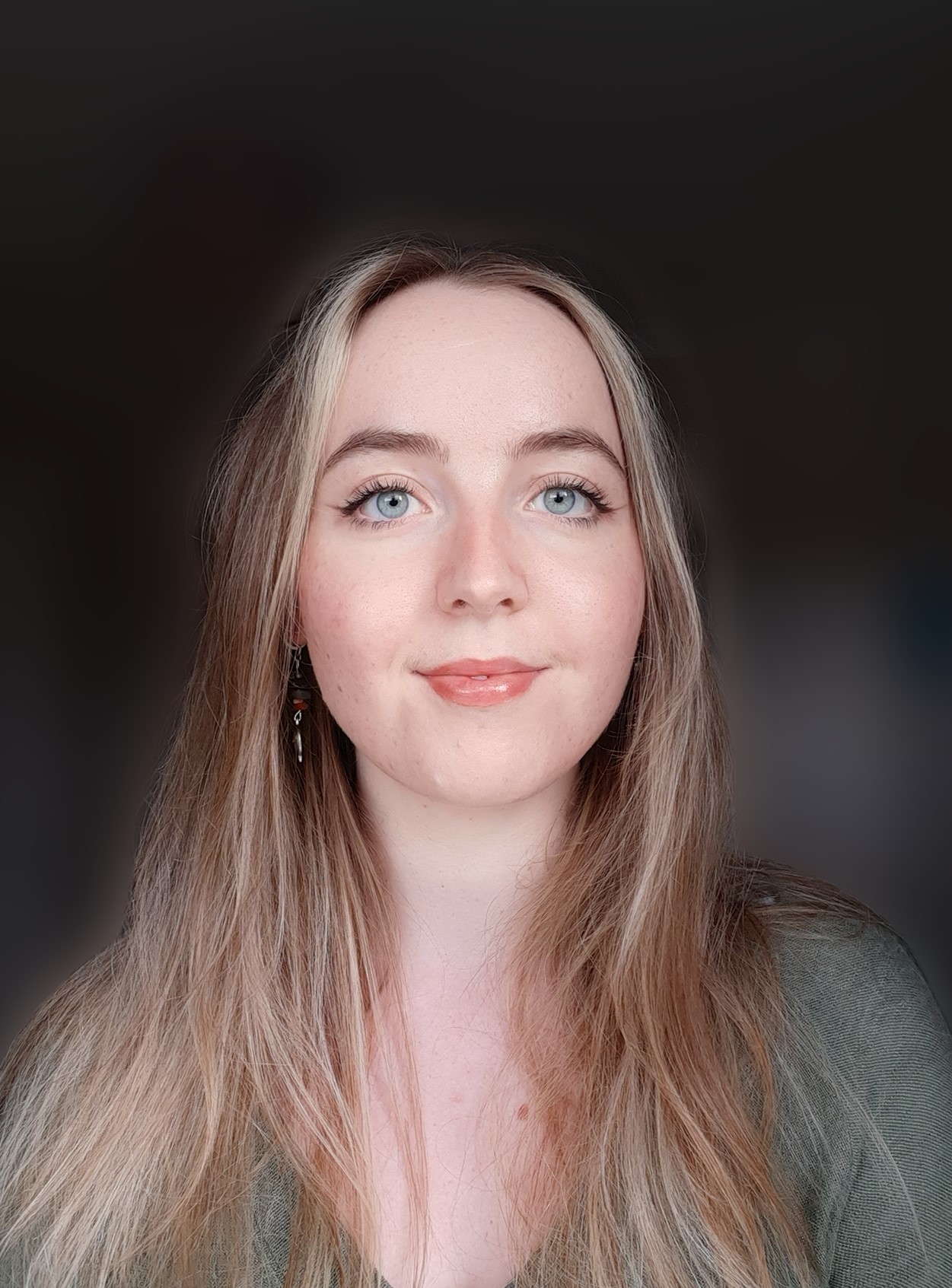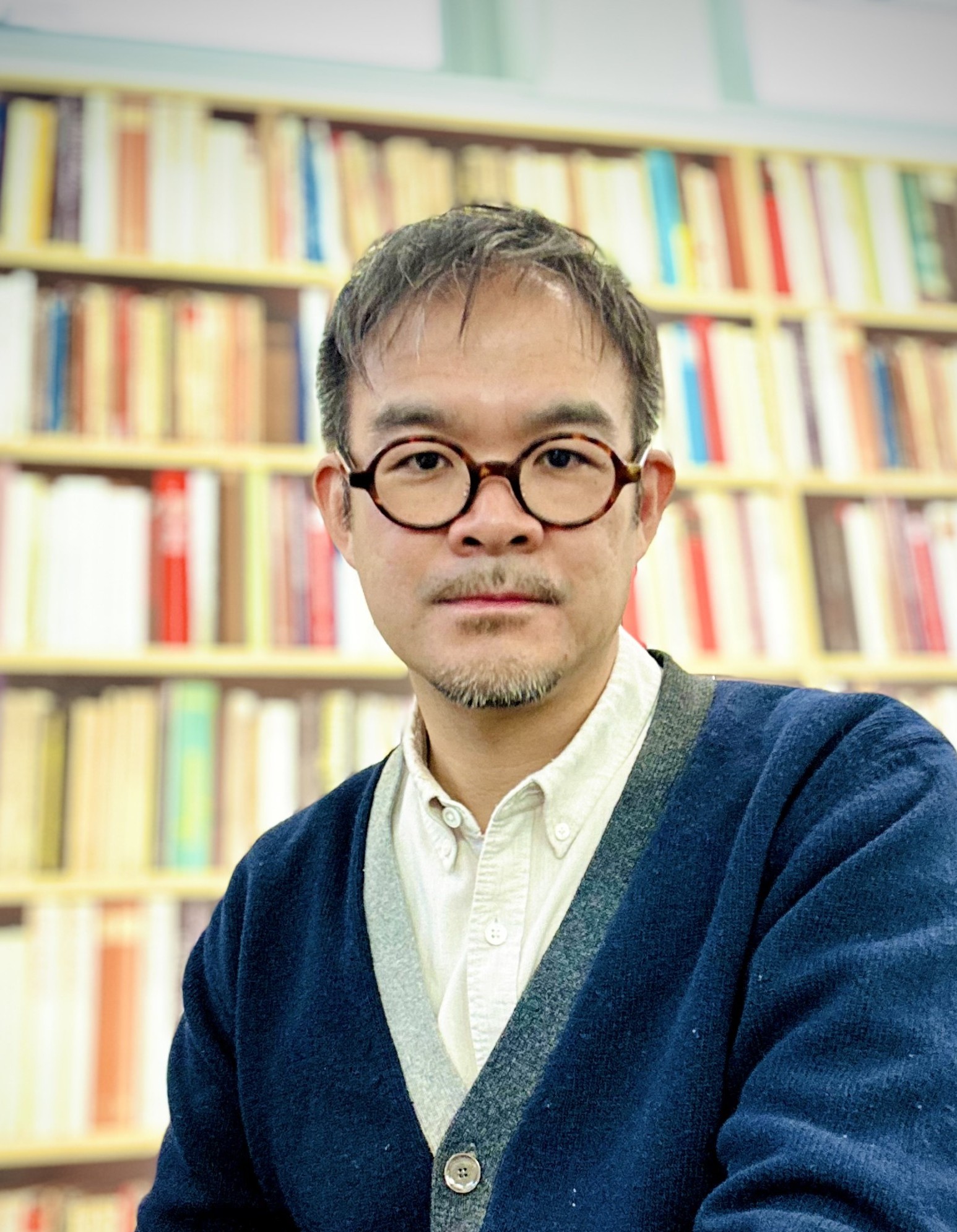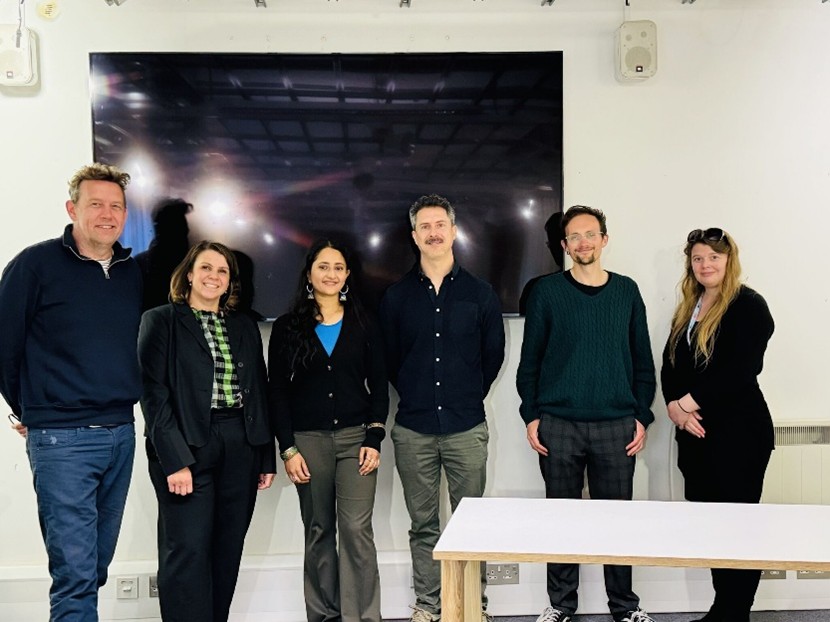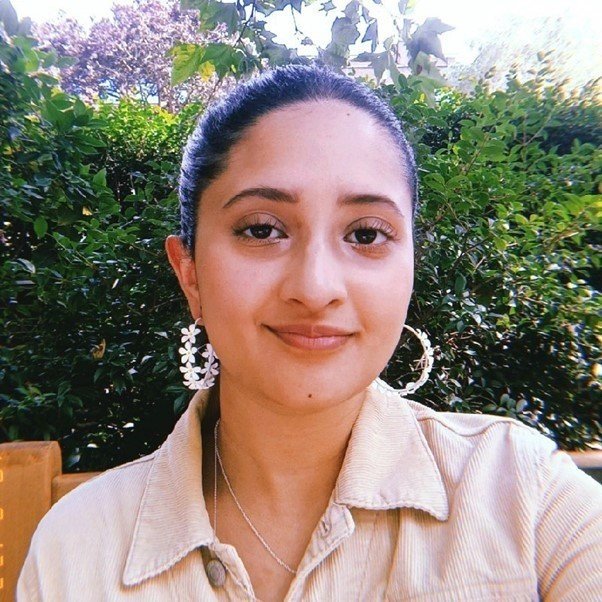“What we must do is commit ourselves to some future that can include each other and to work toward that future with the particular strengths of our individual identities. And in order for us to do this, we must allow each other our differences at the same time as we recognize our sameness.” (Audre Lorde, “Learning from the 60s”)
I am Cassandra Garcia, a Publishing Editor for Humanities & Social Science journals across several disciplines including Business, Public Administration, International Relations, Education, and Psychology. I’m writing to provide some insight into my role as a Publishing Editor at Sage for authors who may not be familiar with the different roles in scholarly publishing. We primarily work with journal editors and scholarly societies, but as an author, you will most likely hear from a publishing editor with answers to your journal queries or with opportunities to promote your article.
Each Sage journal has an assigned Publishing Editor. We are journal managers who act as the central point between authors, editors, production, marketing, research ethics, and more. Publishing Editors work with these different teams to maintain the journal’s high standards and encourage development. We are a diverse group of editors with various strengths and expertise from all walks of life bringing our own sets of values. We work with many different groups of people from all over the world and have a highly varied portfolio of journals.
Sage’s mission is to build bridges to knowledge, and publishing editors commit to that mission in our everyday work by supporting our authors, editors, reviewers, and journal communities. While we each focus on a distinct set of journals, our individual work collates into a collective force, striving for positive impact at Sage and in society. Here’s a peek into what a regular day at work looks like for us.
A day in my life
I start the day from my home office in Southern California. The first thing on my agenda is a meeting with other Sage publishing editors and the marketing team from the US and UK offices. We exchange ideas for our journals and discuss this year’s marketing strategies. Cross-department and cross-office perspectives lends itself to discovering new opportunities and solutions. I enjoy these collaborative endeavors.
Before the next meeting, I’ll take some time to read and respond to messages. An author reached out asking about the journal’s time to first decision, so I sent them the link to the journal’s metrics page which includes that information. I also shared a new cover design with a society partner and sent a few invitations to authors of recently published, topical articles asking them to contribute to the Sage Perspectives blog.
The next meeting is a journal’s editorial board meeting with members from all around the world. We discuss the journal’s goals and performance metrics, along with getting feedback on the journal from board members who provide an international perspective. I also share an opportunity to collaborate on a How to Do Research and Get Published Webinar. Meeting with editors and board members is one of my favorite parts of the job. My editors’ perspectives are as unique as each of my journals, and I enjoy coming up with creative ideas to help them achieve their goals.
Since most of the folks I work with are in earlier time zones, I usually dedicate afternoons to non-collaborative, focused work. This afternoon I’m doing some research for an upcoming DEI Microsite and completing applications to Clarivate’s JCR. I close the workday by checking off my to-do list, sending more emails, and reviewing my calendar for the week. It’s a particularly busy week with several editor meetings, DEI group meetings, and department meetings.
While there is much work to be done, the work is meaningful and fulfilling. I came to Sage in large part due to their mission, and I advocate for that mission through my support to authors, editors, and journal communities.

